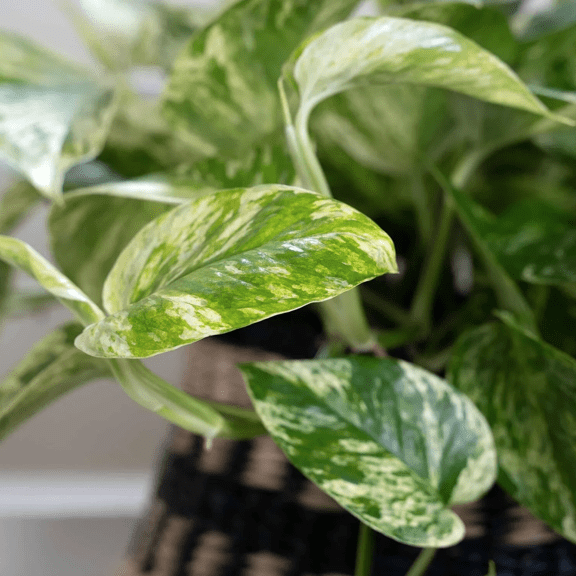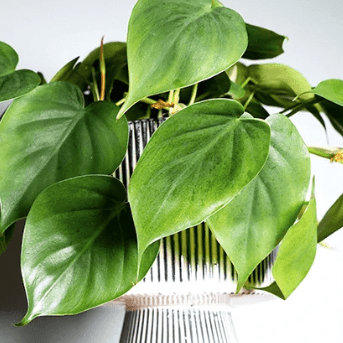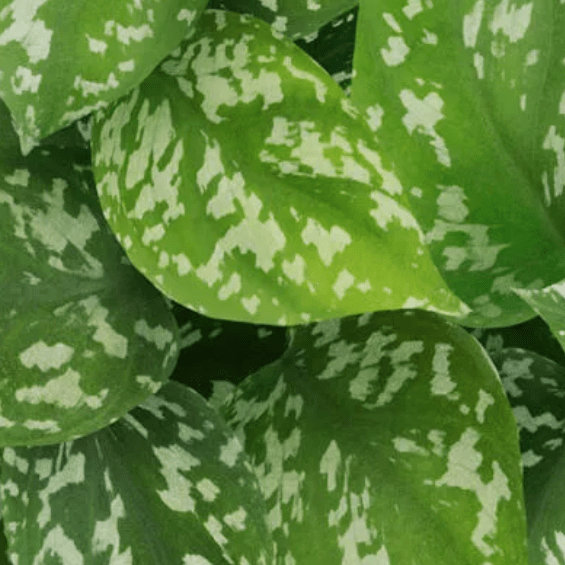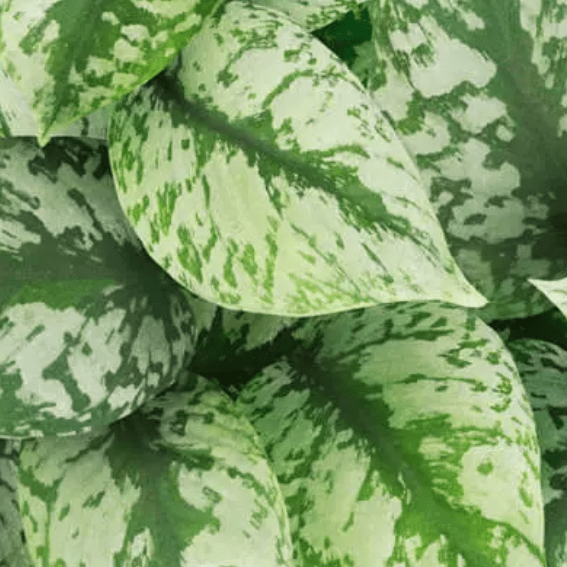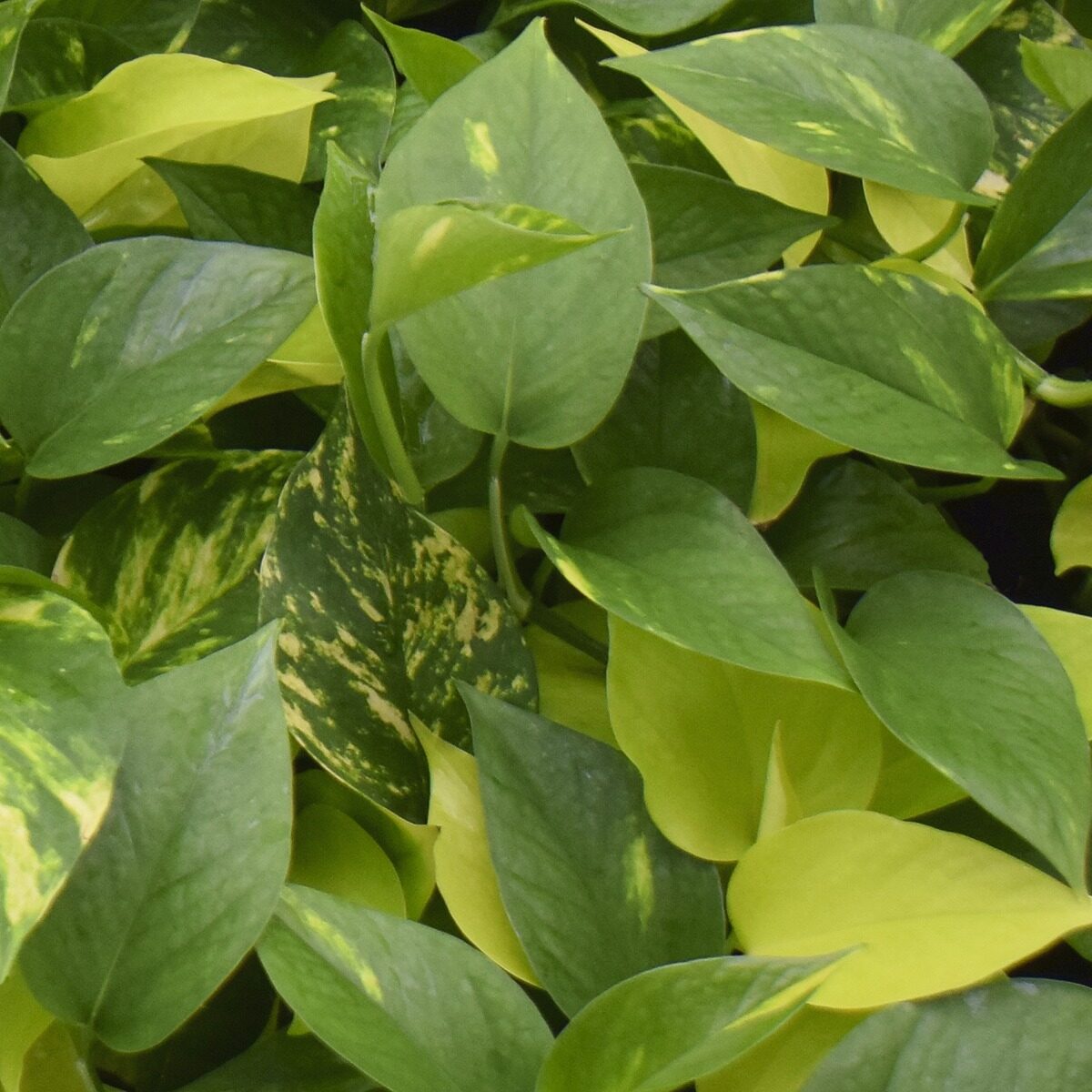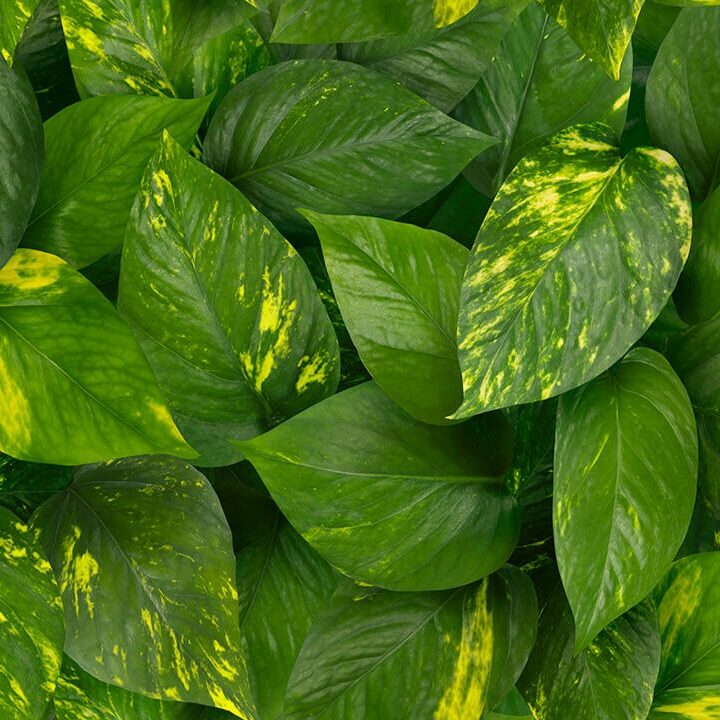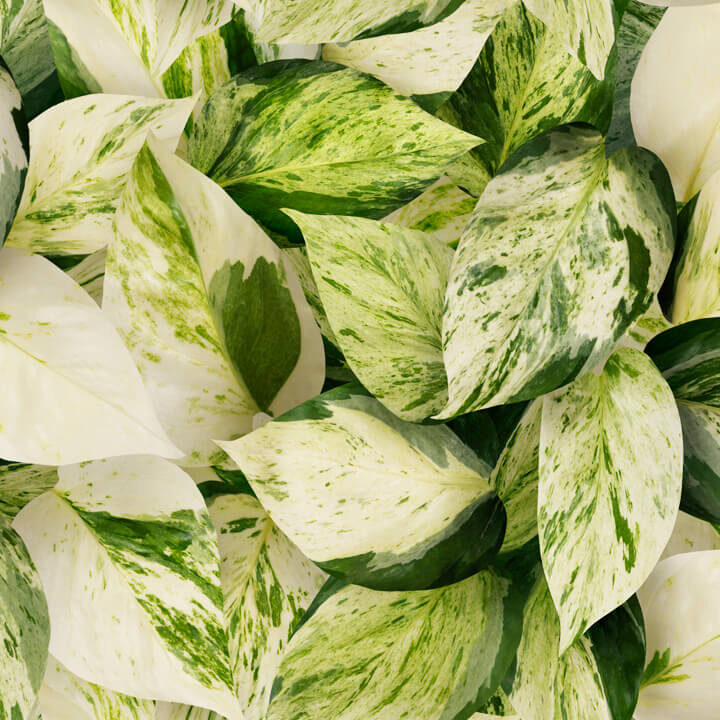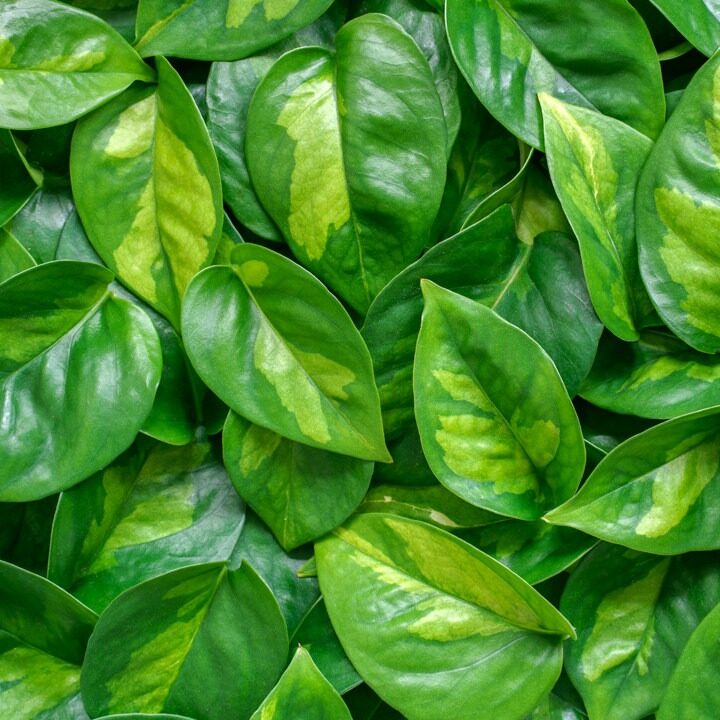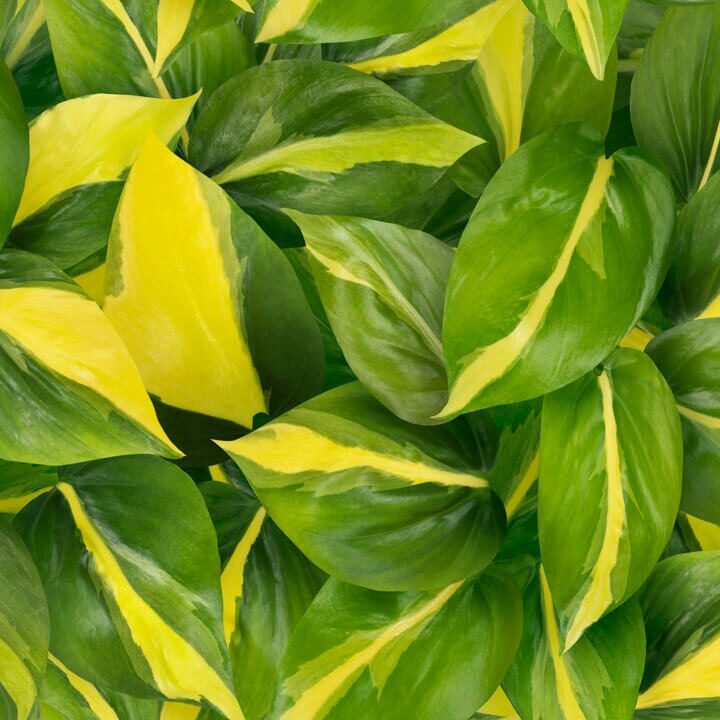Every time you look at this plant, you will notice its colour composition. Yellow and green. Football lovers think immediately of Brazil! The most appealing aspect of the Brazilians’ game is preserved in the Philodendron. This is because the Brasil is another houseplant that makes no complaints regarding temperament. With this conspicuous colour combination, it’s 1-0
impossible not to notice the Brasil with its colours. Beautiful, dark green with a bright, yellow stripe in the middle of the leaf. If this plant is placed in the right light, some of its leaves can become so bright, you’d think they’d actually become luminous. As you might expect, the Brasil is a favourite houseplant among the Sentinel collection.
Like other members of the Philodendron family, the Philodendron Brasil originally comes from the tropical rain forests of South America. It can also be found in the Caribbean region, where it finds its way growing upwards along the trunks of trees. It’s quite evident that this is a plant that has developed in a humid climate. This is because it will immediately punish you by turning its leaves yellow if you leave it without water, even for a little while. It doesn’t like dry air, either. The Brasil is not a plant to conceal its resentment. But if you go back and give it the proper care it craves, you’ll find the Brasil is not a plant to hold a grudge. This is an easy plant to manage, and an ideal houseplant from the point of view of care. But it’s got a bit of a temper, so don't let it down.
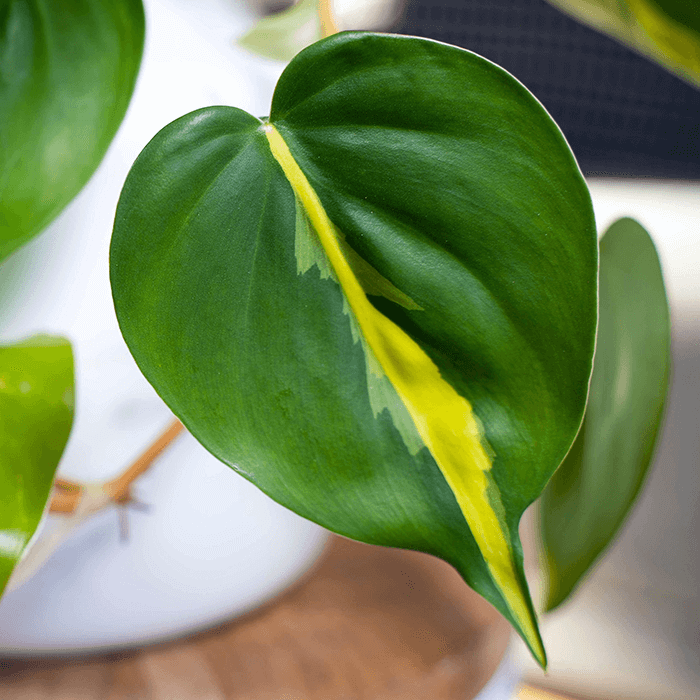
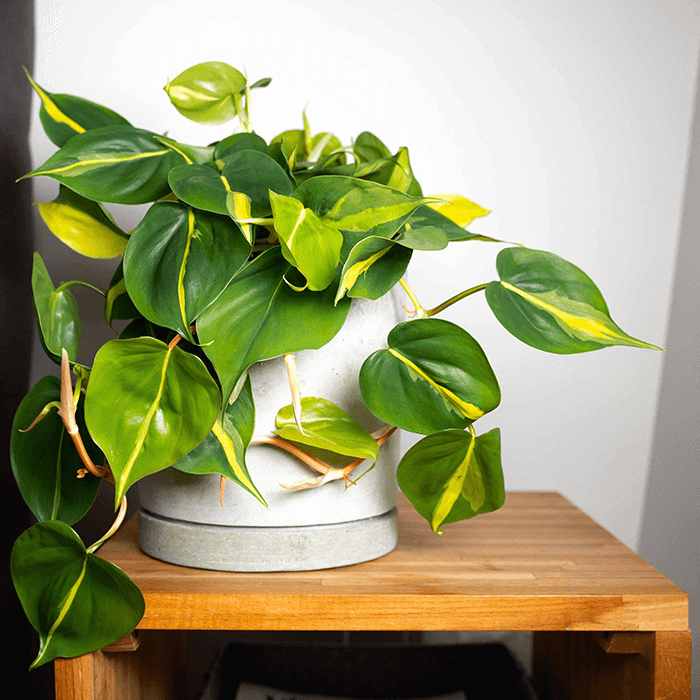
The Philodendron Brasil is often mistaken for an Epipremnum. But there are obvious differences between the two. Two completely different variants, thus, in spite of the many common characteristics which are evident upon seeing the plants side by side. Though they be placed close together, you can tell the difference right away when you examine the look and feel of the Brasil's leaves. The Epipremnum houseplant’s leaves are somewhat thicker than those of the Brasil, and you can feel the Epipremnum's texture when you touch its leaves. The Philodendron Brasil's leaves do not have this same texture. Its leaves are smooth to the touch, and they have a thinner structure. The leaves of the Philodendron Brasil are heart-shaped, which gives the plant an exquisite appearance. Both families can be cut and cared for in the same fashion.
It can happen that the Brasil’s leaves change their colour. If this happens, don’t panic. This usually occurs as part of a natural process. Sometimes, the lowest leaves on the plant turn yellow as a result of too little light or because the plant is making room for more leaves!
Should you notice several of the leaves changing their colour to yellow, then we advise you to take action right away. It could be that the plant has been placed in an area that is too dark, or perhaps it’s receiving too much light. If the edges of the leaves turn brown or black, this means that the plant is burning. Always check, too, to see whether you’ve been giving your Brasil too much water. But how will you know this? Is the plant getting too much water, or just the right amount? You’ll be able to tell from the brown spots on the leaves, so keep a close eye on this!

